During the early months of 2020, when the COVID-19 pandemic raged across the globe, the oil and gas industry face a historic collapse.
2020 was a year of astounding disruption.
With restrictions in travel, decline in economic activity, a price war between various countries, and declines in stock, the industry was shaken to its very core and, like many other industries, forced to reinvent itself in the wake of 2020.
In this week’s blog post we will discuss the state of the oil and gas industry during the COVID-19 pandemic, how it has fared, and innovations that have been made.
An Industry Wide Crisis
2020 was a volatile year for many industries, oil and gas in particular. In the early months of 2020, oil prices had declined by about 33%. After that various oil producing countries engaged in a price war, triggered by a breakdown in dialogue. COVID-19 caused a historic drop in travel, causing the demand for oil to plummet to unprecedented lows.
WTI spot prices declined to as low as $8.91 a barrel in April of 2020, a level not seen since the economic recession of 1986. The drop in oil prices has also added problems to several energy producing states and local governments in the US, such as Texas, that are dependent on oil and gas revenue.
Many companies had to reorganize their entire business model, and many others were forced to file for bankruptcies or to liquidate their assets.
Things looked fairly bleak for the industry as 2020 progressed and the pandemic continued to rage across the globe. Despite that there were several silver linings.
Oil in the Medical Market
One good thing is that despite the disruption in oil production, causing a drop of more than a million barrels per day over the year, there has been little to no shortage in actual supply of oil. This means that people have still been able to fill their car or use natural gas to heat their home. The industry has also been open during large parts of the pandemic, having been deemed essential by the government. This makes sense, as petroleum is used in everything from anesthetics to wheelchairs to the gas the powers ambulances.
Likewise, while there has been a shortage of medical supplies such as masks and ventilators, it was mainly a planning issue. These supplies and others like gowns, surgical equipment, syringes and more are made with petroleum-based products. As such the oil and gas industry was able assist to manufacture all of those products in mere weeks to meet the demands created by COVID-19.
Similarly, with the COVID-19 vaccines include syringes made from plastics derived from petroleum, and the Pfizer and Moderna vaccine require storage in industrial refrigeration made possible thanks to petroleum-based products.
Digitalization
While there is no doubt that COVID-19 has disrupted the oil and gas industry, some are stating that it may be a blessing in some ways. According to a report by the International Bar Association, the “reduction in oil and gas prices has increased the pressure on the industry to seek greater efficiency and reduce production costs.”
One promising alternative is digitalization, either through virtual modeling for project optimization, digital planning, cloud-based process design or machine learning.
With the social distancing requirements in place in many countries, this has forced companies to streamline remote work platforms.
Bob Benstead, VP of business cloud software firm Infor had this to say on the subject:
“I believe the biggest development that the oil and gas industry will see in 2021 will be the dramatic ramp-up of digital initiatives. This will truly push the industry toward new thinking, especially around how to maximize AI and machine learning, aligned to sensors and other Internet of Things devices, to drive down costs and optimize the workforce. Additionally, the increased trend toward cloud computing will help to significantly lower the total cost of service (TCS) to build, run and maintain efficient ERP (enterprise resource planning) and EAM (enterprise asset management) systems that oil and gas companies rely on.” (Rigzone.com “What Looms for Oil and Gas in 2021”)
Digitalization is expected to play a key role in the oil and gas industry as 2021 goes on. With enabling remote operations and allowing more human-machine collaboration, digitalizing is driving the industry forward.
Hope on the Horizon
The EIA (the US Energy Information Administration) predicts that the cost of crude oil will decline by the second half of 2021, making a more balanced global oil market. This will hopefully lower gas prices, which have been at record highs, as well as lowering the cost of production of petroleum-based products.
The oil and gas industry is also looking towards the future, with key players looking into clean energy transition, exploring public-private partnerships.
In early October, 323 rigs were working in domestic oil plays, which rose to 413 for the week ended Dec. 23, up about 28% year to date. This is still down substantially from the 838 rigs active in early March, but up nearly 50% from the early-July low of 279.
And finally, while the oil and gas industry as a whole has seen a downturn in profit, one sector, the gas pump market, as seen a CAGR growth of 6.85% in 2020, and is expected to reach a market size of US$8.685 billion by the year 2026.
In Conclusion
The impact of COVID-19 on the oil and gas industry has forced many to discuss the future of one of the world’s most volatile industries. Despite the hardships, however, there is no doubt that oil and gas will remain an important part in the global economy, and our every day lives, for some time to come.
For more information of polymer sealing solutions for oil and gas, contact Advanced EMC Technologies today!




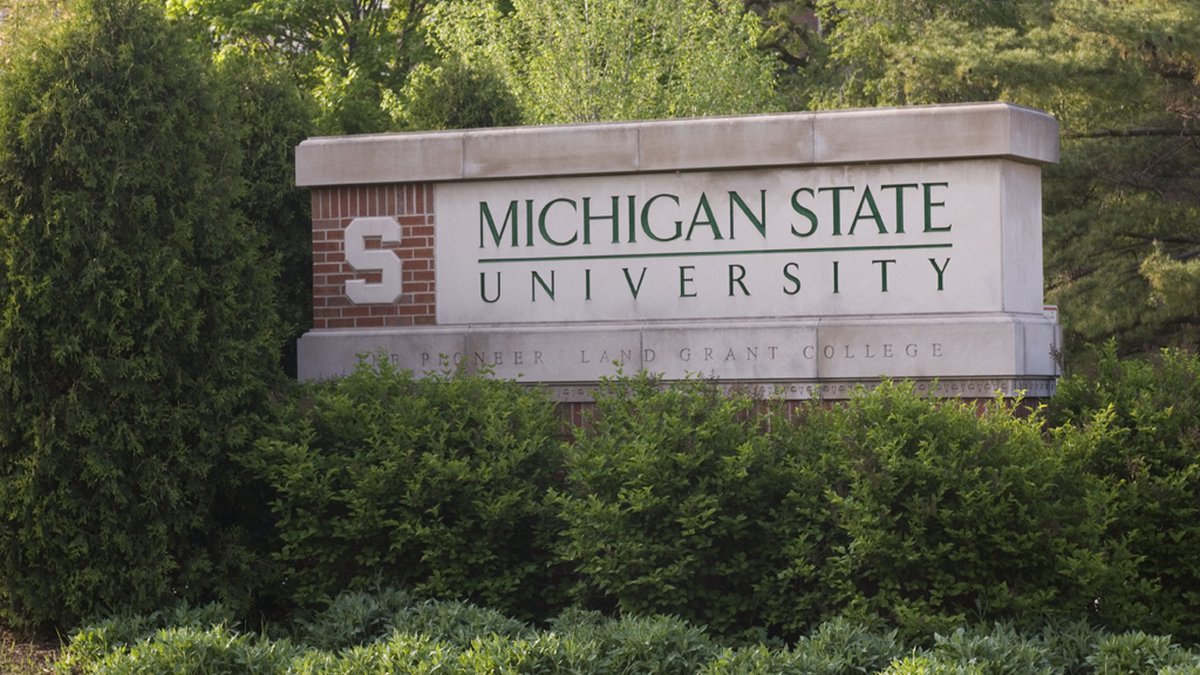

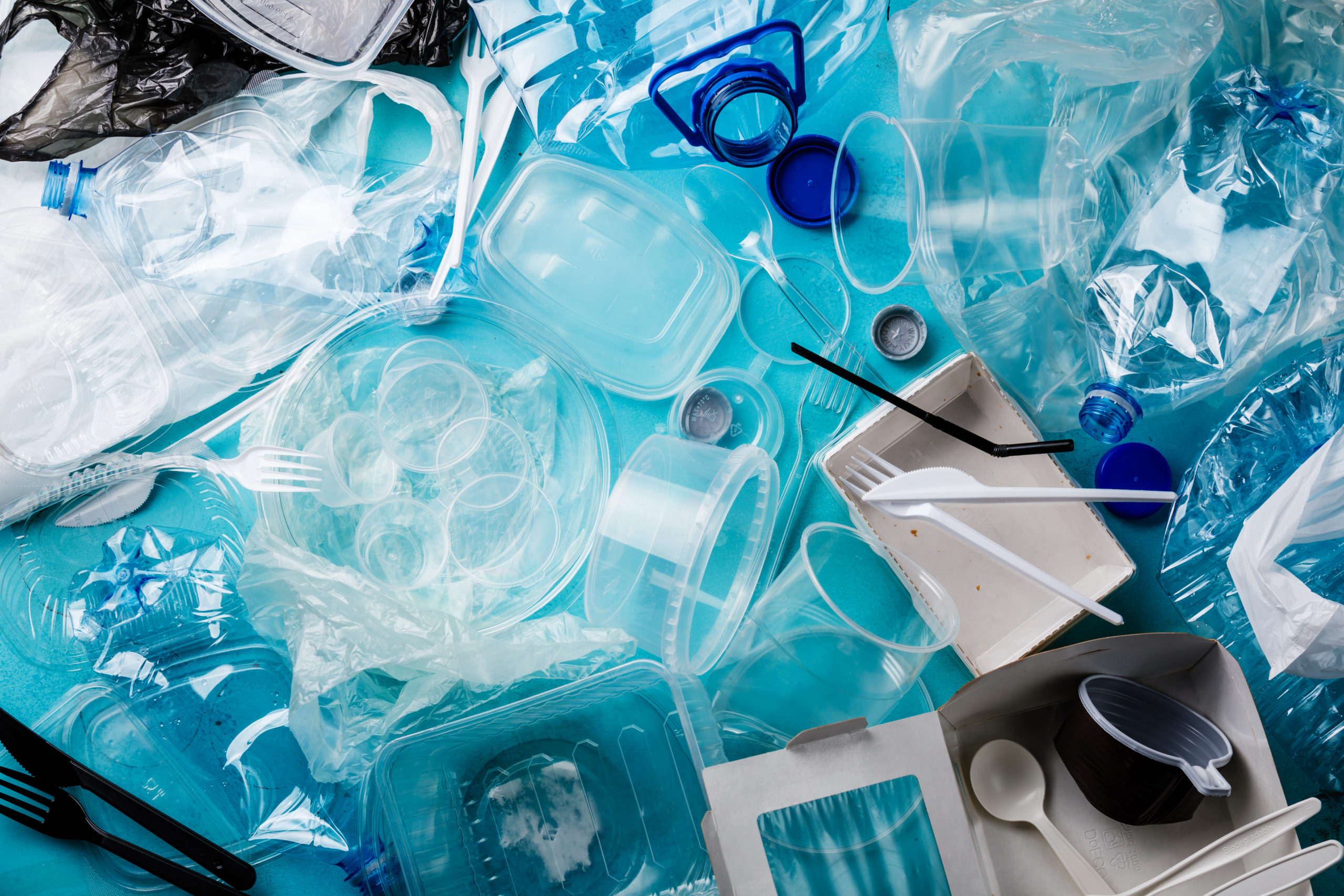

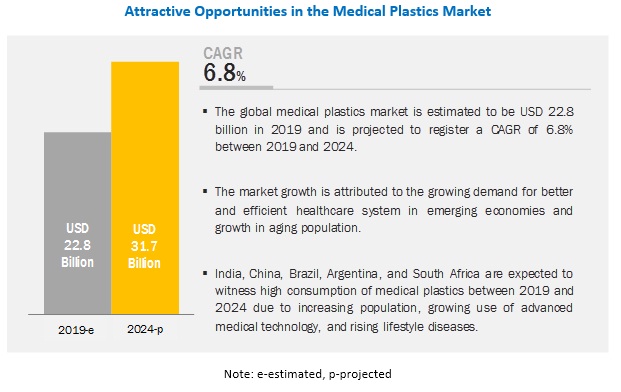
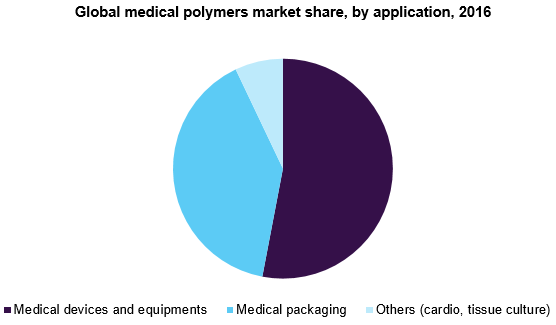
 The Sacramento Bee published an industry news update on its site regarding the bearings industry in America. Things are looking good as the country’s numerous industrial sectors are all in need of the vital components that this field provides. The article points out that the market has a lot more room to expand.
The Sacramento Bee published an industry news update on its site regarding the bearings industry in America. Things are looking good as the country’s numerous industrial sectors are all in need of the vital components that this field provides. The article points out that the market has a lot more room to expand.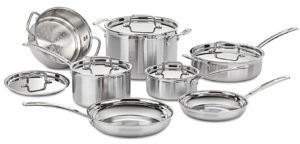 Some Teflon manufacturers have announced that they will be phasing out non-stick coatings on pans and other cookware by 2015 or earlier, reports Roddy Scheer and Doug Moss of E-The Environmental Magazine. The decision was made after these manufacturers received reports of serious health effects that resulted from exposing Teflon to high heat. High heat exposure releases a constituent chemical known as PFOA in gas form.
Some Teflon manufacturers have announced that they will be phasing out non-stick coatings on pans and other cookware by 2015 or earlier, reports Roddy Scheer and Doug Moss of E-The Environmental Magazine. The decision was made after these manufacturers received reports of serious health effects that resulted from exposing Teflon to high heat. High heat exposure releases a constituent chemical known as PFOA in gas form.